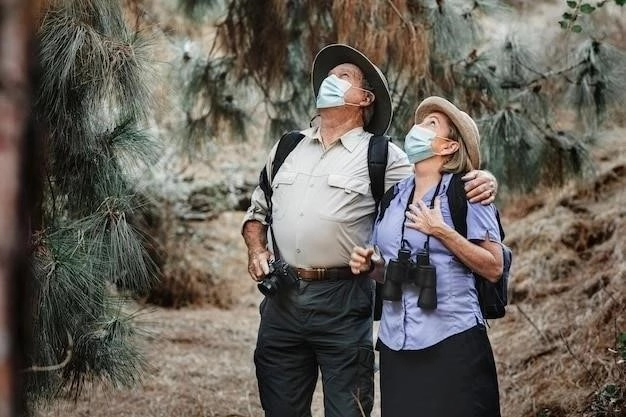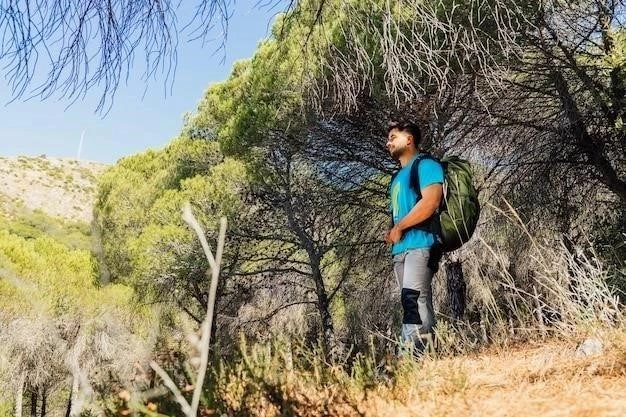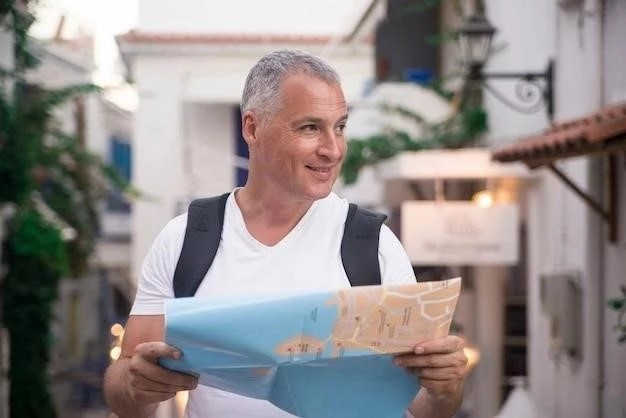Embark on an enchanting journey to Nauru, where azure waters, rich history, and warm hospitality await. Discover pristine beaches, explore remnants of WWII, and immerse yourself in the unique culture of this island nation.
Getting There and Visa Requirements
Reaching the shores of Nauru requires careful planning due to its remote location in the Pacific Ocean. Nauru International Airport (INU) serves as the country’s sole air gateway.
Airlines and Flight Routes:
Nauru Airlines, the national carrier, operates limited international flights connecting Nauru to destinations such as:
- Brisbane, Australia
- Nadi, Fiji
- Tarawa, Kiribati
Flight schedules can be irregular, so booking well in advance is essential. Checking with the airline directly or through a reputable travel agent for the most up-to-date information is advised.
Visa Requirements:
Most nationalities require a visa to enter Nauru. Visa applications can be obtained from the nearest Nauru embassy or consulate. It’s crucial to apply well in advance of your intended travel dates, as processing times can vary.
The following documents are typically required for a tourist visa:
- A passport valid for at least six months beyond your planned stay
- A completed visa application form
- A recent passport-sized photograph
- Proof of confirmed round-trip air tickets
- Evidence of accommodation arrangements (hotel reservation or invitation letter)
- Proof of sufficient funds to cover your expenses during your stay

It’s recommended to consult with the relevant embassy or consulate for the most current visa regulations and fees, as these can change.
Accommodation Options in Nauru
While Nauru may not boast a vast selection of accommodations compared to larger tourist destinations, it offers a modest range of options to suit different preferences and budgets.
Hotels:
Nauru has a limited number of hotels, primarily located in the districts of Aiwo and Meneng. These establishments generally provide comfortable accommodations with essential amenities such as air conditioning, private bathrooms, and on-site restaurants.
Guesthouses:
For a more intimate and local experience, consider staying in one of Nauru’s guesthouses. These smaller establishments, often family-run, offer a cozy and welcoming atmosphere.
Alternative Accommodations:

Options such as private apartments or homestays may be available for those seeking a more independent or immersive experience. Inquiring with local contacts or travel agencies can provide insights into these less conventional choices.
Booking and Availability:
Due to the limited accommodation capacity in Nauru, booking well in advance, especially during peak seasons or events, is crucial. Utilizing online booking platforms or contacting accommodations directly is recommended for securing your preferred choice.
It’s worth noting that accommodation standards and amenities may vary compared to more developed tourist destinations. However, the warm hospitality of the Nauruan people often compensates for any simplicity in lodgings.
Exploring Nauru’s Natural Beauty
Despite its small size, Nauru harbors a surprising array of natural wonders that beckon exploration. From pristine beaches to lush tropical landscapes, the island offers a glimpse into the beauty of the Pacific.
Coastal Splendor:
Nauru’s coastline is fringed by coral reefs and white-sand beaches, offering idyllic settings for relaxation and recreation. Anibare Bay, located on the eastern coast, is particularly renowned for its picturesque beauty. Here, visitors can bask in the sun, swim in crystal-clear waters, or simply enjoy the tranquility of the surroundings.
Buada Lagoon:

Nestled inland, Buada Lagoon provides a serene escape from the tropical heat. Surrounded by lush vegetation, the lagoon is home to a variety of birdlife, making it a haven for nature enthusiasts. Visitors can take leisurely walks around the lagoon’s perimeter, soaking in the peaceful ambiance and observing the local fauna.
Tropical Flora:

Beyond its coastal beauty, Nauru’s interior is characterized by a rich tapestry of tropical vegetation. Coconut palms, pandanus trees, and vibrant flowering plants create a verdant landscape that adds to the island’s allure. Exploring these natural areas offers a chance to connect with nature and appreciate the island’s biodiversity.
3.1. Anibare Bay and Beaches
Anibare Bay, gracing Nauru’s eastern shores, stands out as a highlight of the island’s natural beauty. This picturesque bay encapsulates the allure of the Pacific with its pristine white-sand beaches, crystal-clear turquoise waters, and gentle breezes that whisper tales of tranquility.
A Haven for Relaxation:
Anibare Bay offers an idyllic retreat for those seeking respite from the everyday. The soft, powdery sand invites visitors to stretch out and soak up the warm tropical sun. The gentle lapping of waves provides a soothing soundtrack for relaxation, while the shade of swaying coconut palms offers a welcome respite from the midday heat.
Aquatic Adventures:
The inviting waters of Anibare Bay beckon with opportunities for aquatic exploration. Snorkeling and swimming enthusiasts will delight in the clarity of the water, which reveals a vibrant underwater world teeming with colorful fish and coral formations.
Scenic Splendor:
Beyond its recreational offerings, Anibare Bay captivates with its sheer scenic splendor. The contrast of azure waters against the white sand, framed by lush greenery, creates a picture-postcard setting. As the sun dips below the horizon, the sky explodes in a kaleidoscope of colors, casting a magical glow over the bay.
Whether seeking adventure or tranquility, Anibare Bay offers a slice of paradise for every visitor.
3.2. Buada Lagoon and Tropical Vegetation
Venturing inland from Nauru’s coastline reveals a different facet of the island’s natural beauty. Buada Lagoon, nestled within the island’s central plateau, offers a serene escape amidst lush tropical vegetation.
A Tranquil Oasis:
Buada Lagoon, the island’s sole significant body of freshwater, presents a stark contrast to the surrounding Pacific Ocean. Its placid waters reflect the sky, creating a sense of boundless tranquility. The surrounding vegetation, a tapestry of verdant hues, enhances the lagoon’s serene ambiance.
Avian Paradise:
Birdwatchers and nature enthusiasts will find Buada Lagoon a rewarding destination. The lagoon and its surrounding vegetation provide a vital habitat for a variety of bird species, some of which are endemic to Nauru. Patient observation may reward visitors with glimpses of these feathered inhabitants, adding a symphony of birdsong to the air.
Exploring the Surroundings:
Leisurely walks around the perimeter of Buada Lagoon offer a chance to immerse oneself in the island’s interior landscape. The air is thick with the scent of tropical flowers, while the rustle of leaves underfoot provides a soothing soundtrack. Along the way, visitors may encounter remnants of Nauru’s phosphate mining past, a reminder of the island’s unique history.
Buada Lagoon and its surrounding tropical vegetation provide a sanctuary for both wildlife and those seeking respite from the tropical sun.
Historical Significance and WWII Remnants
Nauru’s history is etched into its landscape, bearing witness to both the triumphs and tribulations of the past. The island’s strategic location in the Pacific Ocean led to its involvement in World War II, leaving behind poignant remnants that offer a glimpse into a tumultuous era.
Japanese Occupation:
During World War II, Nauru was occupied by Japanese forces. Remnants of this period, though fading with time, serve as stark reminders of the island’s wartime experience. Concrete bunkers, rusted artillery pieces, and crumbling fortifications dot the landscape, offering a tangible connection to the past.
Command Ridge:
Command Ridge, the island’s highest point, played a pivotal role during the war. From this vantage point, Japanese forces had a commanding view of the surrounding area. Today, visitors can climb to the summit of Command Ridge, where a rusty Japanese outpost still stands, offering panoramic vistas of the island and its surrounding waters.
Reflections on the Past:
Exploring Nauru’s WWII remnants offers a unique opportunity for reflection and remembrance. These remnants serve as poignant reminders of the human cost of conflict and the resilience of the Nauruan people in the face of adversity.
While Nauru’s wartime history may be a somber chapter, it is an integral part of the island’s identity. Preserving these remnants ensures that future generations can learn from the past and appreciate the sacrifices made.
4.1. Command Ridge and Japanese Outpost
Rising above Nauru’s otherwise flat landscape, Command Ridge stands as a silent sentinel, bearing witness to a pivotal period in the island’s history. This elevated point, strategically significant during World War II, offers a poignant blend of historical intrigue and panoramic views.
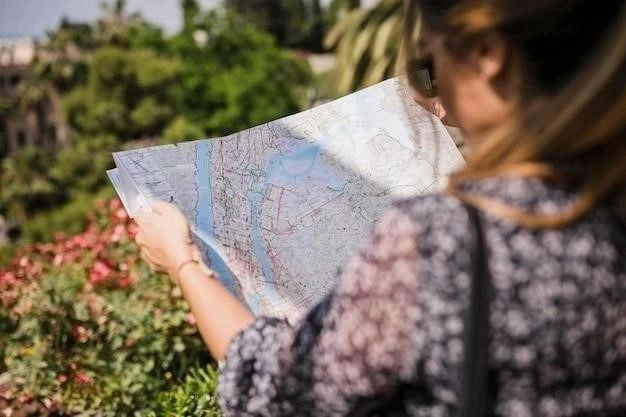
A Strategic Vantage Point:
During the Japanese occupation of Nauru, Command Ridge served as a crucial lookout post. Its elevation provided unobstructed views of the surrounding ocean, allowing Japanese forces to monitor for approaching ships or aircraft. Today, visitors can stand on the same ground where history unfolded, imagining the tension and anticipation that once gripped this strategic location.
Remnants of War:
At the summit of Command Ridge, a rusty Japanese outpost still stands, a stark reminder of the island’s wartime past. The outpost, though weathered by time and the elements, offers a tangible connection to the soldiers who once manned this strategic position.
Panoramic Vistas:
Beyond its historical significance, Command Ridge rewards visitors with breathtaking views of Nauru. From this vantage point, the entire island unfolds below, showcasing its unique topography, from the lush greenery of the interior to the turquoise waters that lap at its shores.
A visit to Command Ridge is both a journey into Nauru’s past and an opportunity to appreciate the island’s beauty from a unique perspective.
Cultural Experiences and Local Interactions
Beyond its natural beauty and historical significance, Nauru offers a unique opportunity to engage with a vibrant and welcoming culture. The Nauruan people, known for their warmth and hospitality, take pride in sharing their customs and traditions with visitors.
A Warm Welcome:
From the moment of arrival, travelers to Nauru are likely to encounter the genuine warmth and friendliness of the local people. A smile, a wave, or a simple “Bula” (hello in Nauruan) can go a long way in fostering connections and creating a welcoming atmosphere.
Respectful Engagement:
When interacting with locals, it’s essential to approach conversations with respect and sensitivity. Inquiring about their lives, culture, and traditions demonstrates a genuine interest in understanding their perspective.
Cultural Sensitivity:
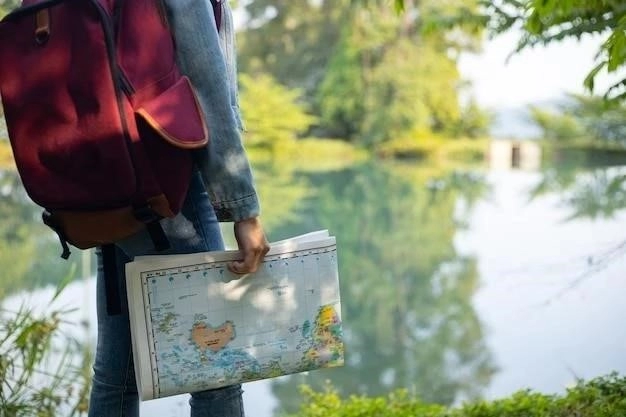
As with any destination, respecting local customs and traditions is paramount. Dressing modestly, especially when visiting religious sites, and seeking permission before photographing individuals are examples of respectful behavior.
Engaging with the local culture in Nauru extends beyond observing traditions; it’s about fostering meaningful connections with the people who call this island nation home.
Activities and Things to Do
While Nauru may be small in size, it offers a surprising variety of activities and experiences for those seeking more than just relaxation. From exploring historical sites to immersing oneself in local culture, there’s something to pique the interest of every traveler.
Historical Exploration:
Delving into Nauru’s past is an enriching experience. Visiting remnants of World War II, such as Command Ridge and the Japanese outposts scattered across the island, offers a glimpse into a pivotal period in history.
Cultural Immersion:
Engaging with Nauru’s vibrant culture is an integral part of any visit. Attending local events, such as traditional dance performances or community gatherings, provides an opportunity to witness the island’s rich heritage firsthand.
Natural Encounters:
Exploring Nauru’s natural beauty is a rewarding experience. Swimming, snorkeling, or simply relaxing on the pristine beaches of Anibare Bay offer idyllic escapes. Birdwatching enthusiasts will find Buada Lagoon, with its diverse avian population, a haven for observation.
Whether seeking adventure or tranquility, Nauru’s diverse range of activities ensures a memorable experience for every visitor.
6.1. Driving Around the Island
One of the most rewarding ways to explore the entirety of Nauru’s compact yet diverse landscape is by embarking on a leisurely drive around the island. This circumnavigation offers a unique perspective on Nauru’s natural beauty, historical remnants, and cultural nuances.
Island Circumnavigation:
Nauru’s main road, aptly named the Island Ring Road, encircles the entirety of the island, covering a distance of approximately 19 kilometers (12 miles). This well-maintained road allows for a comfortable and scenic drive, offering ever-changing views of the island’s coastline and interior.
Points of Interest:
Along the Island Ring Road, numerous points of interest beckon exploration. Anibare Bay, with its inviting beaches, provides an ideal spot for a midday stop. Command Ridge, accessible via a short detour, offers panoramic vistas and historical insights.
Local Life Observations:
Driving around the island also provides a glimpse into the daily rhythms of local life. From children playing in villages to fishermen casting their nets in the ocean, these everyday scenes offer a window into the heart of Nauruan culture.
Embarking on a drive around Nauru is a journey of discovery, offering a unique and intimate perspective on this small but captivating island nation.
Dining and Culinary Delights
While Nauru’s culinary scene may not boast the same international flair as some larger tourist destinations, it offers a unique opportunity to sample local flavors and experience the warmth of Nauruan hospitality.
Fresh Seafood:
Given its island location, it’s no surprise that fresh seafood features prominently in Nauruan cuisine. Tuna, mahi-mahi, and reef fish are common catches, often prepared simply with grilled or fried with local spices and seasonings.
Tropical Fruits and Vegetables:
The tropical climate of Nauru yields an abundance of fruits and vegetables, adding vibrant flavors and colors to local dishes. Coconut, papaya, mango, and breadfruit are just a few of the delicacies that may grace the table.
Traditional Dishes:
In addition to seafood and fresh produce, Nauruan cuisine features traditional dishes that reflect the island’s cultural heritage.
Dining Options:
Dining options in Nauru range from small, locally owned eateries to restaurants in larger hotels. While the ambiance may be unpretentious, the hospitality is sure to be warm and welcoming.
Exploring the culinary landscape of Nauru offers a chance to tantalize the taste buds with fresh flavors and experience the genuine warmth of Nauruan hospitality.
Responsible Tourism and Environmental Considerations
As a small island nation with unique ecosystems and a fragile environment, Nauru faces significant challenges in balancing tourism development with environmental sustainability. Travelers to Nauru have a responsibility to minimize their impact and contribute to the long-term well-being of the island.
Respect for the Environment:

Protecting Nauru’s pristine environment is paramount. Visitors should dispose of waste responsibly, using designated bins whenever possible. Refraining from littering, especially on beaches and in natural areas, is crucial for preserving the island’s beauty.
Conservation Efforts:
Supporting local conservation efforts is another way to make a positive impact. Participating in organized beach cleanups or contributing to environmental organizations demonstrates a commitment to preserving Nauru’s natural heritage.
Cultural Sensitivity:
Responsible tourism extends beyond environmental concerns; it also encompasses respecting Nauruan culture and customs. Dressing modestly, particularly when visiting religious sites, and seeking permission before photographing individuals are examples of culturally sensitive practices.
By embracing responsible tourism practices, visitors to Nauru can contribute to the island’s well-being and ensure its beauty remains for generations to come.


